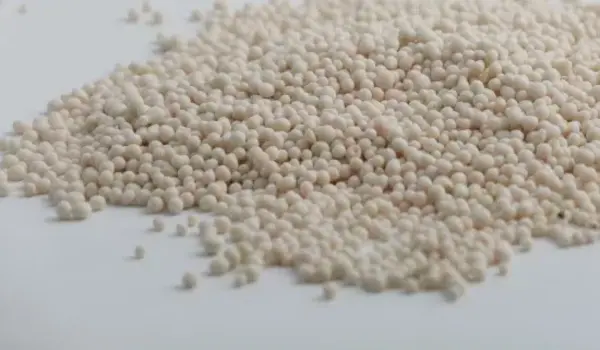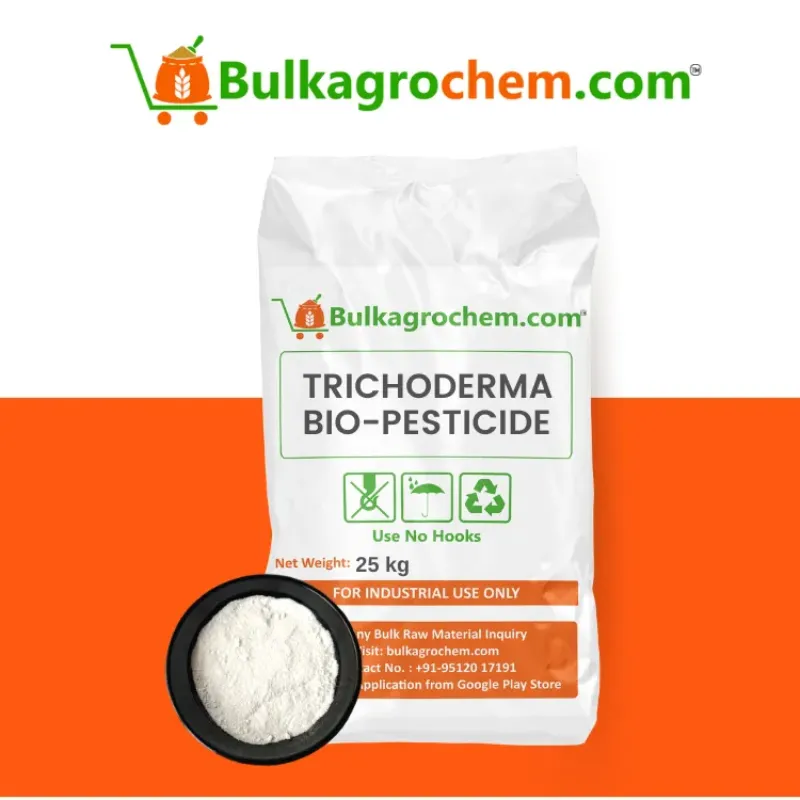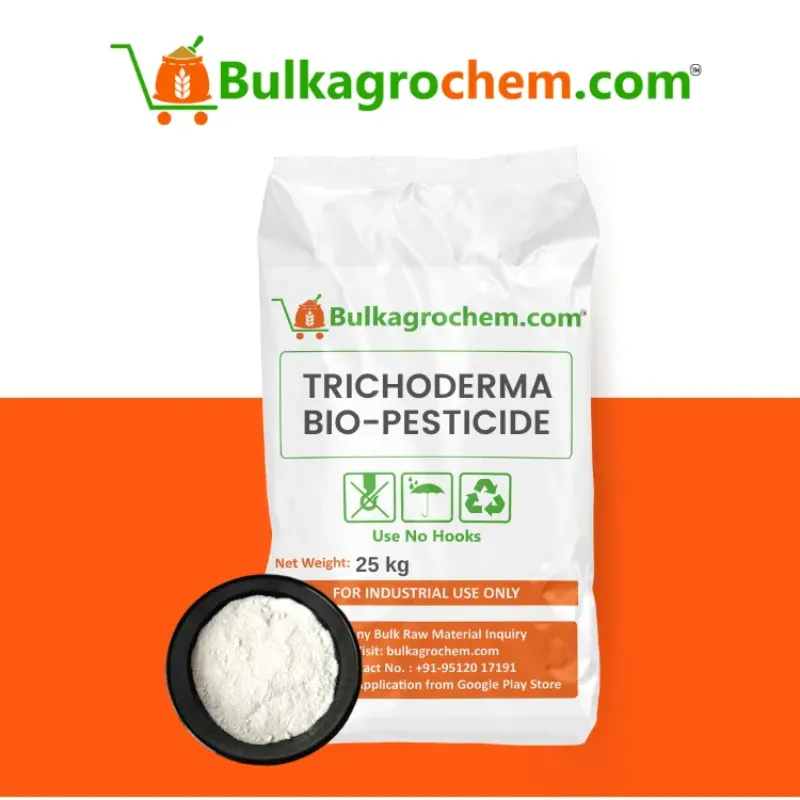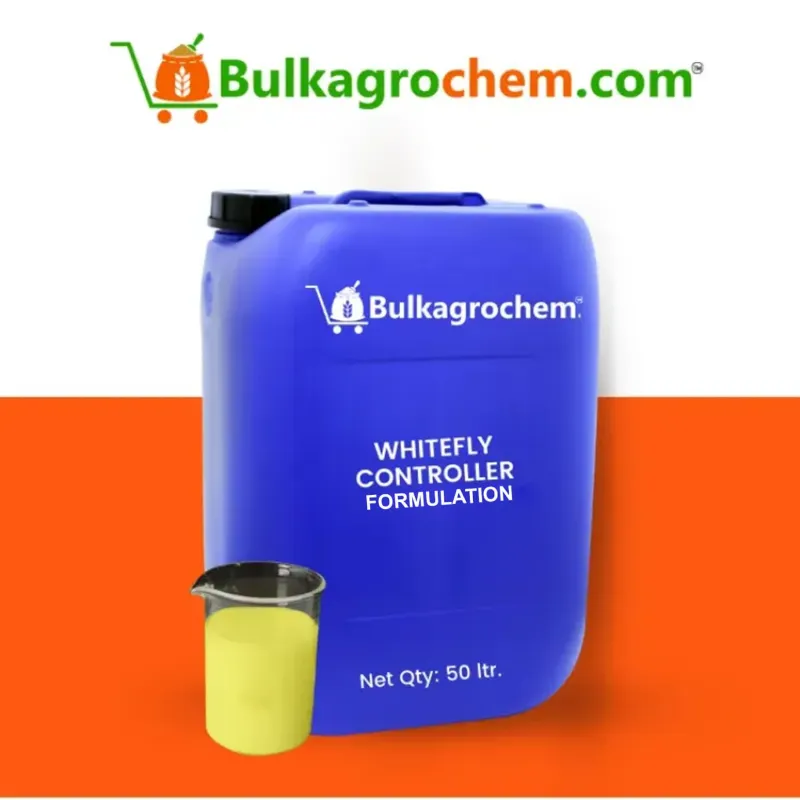Choosing the right fertilizer for your crops can significantly impact their growth and overall yield. Among the different types of NPK fertilizers available, two commonly discussed options are slow-release and quick-release fertilizers. Each has its advantages, but understanding the difference between them can help you make the best choice for your farming needs. In this blog, we will break down how slow-release NPK fertilizers differ from quick-release versions and explore which might work best for your crops. Quick-release NPK fertilizers are designed to supply nutrients to the soil and plants rapidly. These fertilizers dissolve in water quickly, making the nitrogen, phosphorus, and potassium immediately available to the crops. They are popular because they show fast results, especially when crops are showing signs of nutrient deficiency and need an immediate boost.What Are Quick-Release NPK Fertilizers?
Benefits of Quick-Release NPK Fertilizers:
Fast Nutrient Availability: Crops get nutrients like nitrogen, phosphorus, and potassium almost immediately after application, which can be crucial during key growth periods.
Visible Results: Farmers often see a noticeable difference in crop growth and health within a short period after applying quick-release fertilizers.
Cost-Effective in the Short Term: For crops needing a quick boost or where time is a crucial factor, these fertilizers are an affordable solution.
However, quick-release NPK fertilizers do have some downsides. Since the nutrients are readily available, they can be lost to the environment more easily through leaching or runoff, especially after heavy rain. This not only wastes nutrients but can also cause environmental issues, like water pollution. Additionally, the nutrients might be used up quickly, requiring more frequent applications.
What Are Slow-Release NPK Fertilizers?
Slow-release NPK fertilizers, as the name suggests, release nutrients gradually over an extended period. These fertilizers are designed to break down slowly, providing a steady supply of nutrients to plants over weeks or even months. This can reduce the frequency of application and help ensure crops get a consistent supply of essential nutrients.
Benefits of Slow-Release NPK Fertilizers:
Steady Nutrient Supply: Since the nutrients are released gradually, plants can absorb them over time, reducing the risk of nutrient overload and stress on the crops.Fewer Applications Needed: Because of the slow release of nutrients, you don’t need to reapply the fertilizer as often, which can save time and labor.
Reduced Leaching and Runoff: Slow-release fertilizers minimize the risk of nutrient loss through leaching, making them more environmentally friendly.
Farmers looking for a long-term solution to provide consistent nutrients often prefer slow-release fertilizers. They are particularly effective in regions prone to heavy rainfall, where quick-release fertilizers might wash away before crops can absorb the nutrients.
Key Differences Between Slow-Release and Quick-Release NPK Fertilizers
When comparing slow-release and quick-release NPK fertilizers, the main difference comes down to how and when they release their nutrients into the soil.
Nutrient Availability: Quick-release fertilizers provide nutrients almost immediately, while slow-release fertilizers break down over time, offering a steady supply.Duration of Effect: Quick-release fertilizers work faster but may require frequent reapplication, whereas slow-release fertilizers last longer and provide a more sustained nutrient supply.
Environmental Impact: Quick-release NPK fertilizers are more prone to leaching and runoff, particularly after heavy rain, while slow-release fertilizers are designed to minimize these issues.
Cost Efficiency: In the short term, quick-release fertilizers may seem more affordable, but over time, slow-release fertilizers can be more cost-effective due to reduced application frequency.
Which One Should You Choose?
The choice between slow-release and quick-release NPK fertilizers depends on your specific farming needs. Here are some factors to consider:
Crop Type and Growth Stage: If your crops need an immediate nutrient boost—such as during flowering or fruiting stages—quick-release NPK fertilizers may be ideal. However, for crops that require consistent nourishment over a longer period, slow-release fertilizers might be the better option.Soil Type: Quick-release fertilizers might be suitable for soils with a low nutrient-holding capacity, where plants need rapid uptake. On the other hand, soils with good moisture retention might benefit more from slow-release versions.
Climate: In regions where heavy rainfall is common, slow-release NPK fertilizers can prevent nutrient loss from leaching. If you are farming in drier areas or rely on irrigation, quick-release fertilizers may still be a viable option.
Labor and Time: If you prefer less frequent applications, slow-release fertilizers can save time and effort. Quick-release fertilizers may need more attention but can deliver faster results.
How Bulkagrochem’s Fertilizers Can Help
At Bulkagrochem, we offer a wide range of both slow-release and quick-release NPK fertilizers, allowing you to choose the best option for your specific crops and conditions. Whether you need fast-acting solutions for immediate nutrient deficiencies or slow-release fertilizers for long-term nutrient management, our products are designed to support sustainable and efficient farming practices.
Conclusion
Choosing between slow-release and quick-release NPK fertilizers comes down to understanding your crops’ needs and your farm’s unique conditions. Quick-release fertilizers are excellent for fast, short-term results, while slow-release fertilizers provide steady nourishment over time. Both types have their benefits, and in many cases, a combination of both can be the most effective approach to maximizing crop health and yield.
By knowing when and how to use each type of fertilizer, you can ensure your plants get the nutrients they need while also minimizing environmental impact and improving long-term soil health.
Happy farming!




